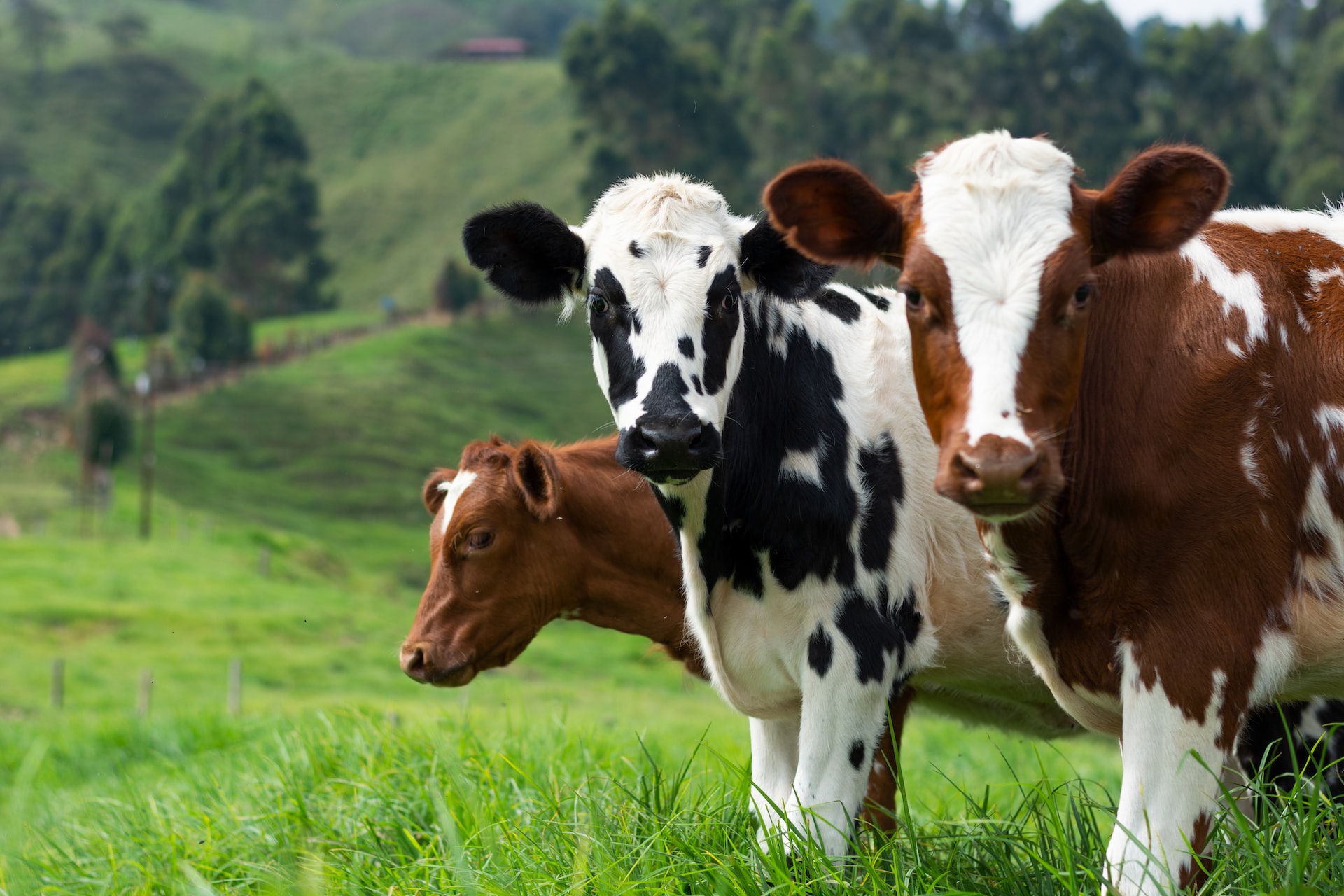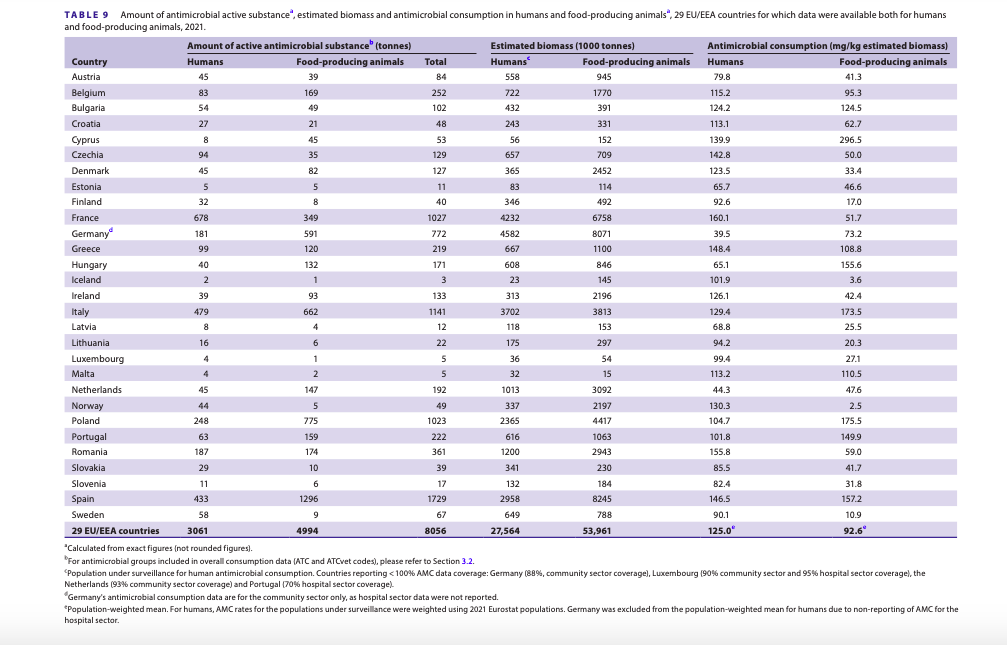In Italy do we give too many antibiotics to animals?

Good news comes from Europe on antibiotic resistance, however Italy is third in terms of consumption of antibiotics in animals intended for food production… Facts and numbers
After many warnings , alarms and dire predictions, finally some good news on antibiotic resistance. In fact, a joint report by the European Center for Disease Prevention and Control (ECDC), the European Food Safety Authority (EFSA) and the European Medicines Agency (EMA) states that the problem is reducing thanks to lower consumption of antibiotics.
The positive milestone was also achieved thanks to a decrease in the use of antimicrobial agents not only in humans but also in food-producing animals. On this, however, Italy is not so virtuous.
THE NUMBERS OF ANTIMICROBIAL RESISTANCE IN EUROPE
Antimicrobial resistance has recently come under the spotlight of health authorities several times as it is estimated to cause the deaths of more than 35,000 people in the European Union and the European Economic Area (EU/EEA) every year. Furthermore, it places a significant burden on European healthcare systems, with an approximate cost of €11.7 billion per year , according to the Organization for Economic Co-operation and Development (OECD).
FEWER ANTIBIOTICS LESS RESISTANCE
At the end of 2022, the ECDC declared that the trend of increasing diseases linked to resistant bacteria had been general in 2016-20, with a slowdown from 2019 to 2020. And the greatest number of diseases had been caused by the Escherichia coli bacterium ( E. coli ), responsible for intestinal and urinary tract diseases.
Now, adopting a One Health approach, which recognizes the connection between the health of people and animals, the three agencies have analyzed, for the first time under this project, trends in antimicrobial consumption and antimicrobial resistance in the E. coli in both humans and food-producing animals.
The report, which presents data collected mainly between 2019 and 2021, found that E. coli bacteria in both animals and humans are becoming less resistant to antibiotics as overall antibiotic consumption has reduced. In the case of animals, in fact, between 2014 and 2021, it decreased by 44%.
HOW IS IT GOING IN ITALY
In the ranking published in 2022 by the ECDC of the European countries with the most deaths caused by bacteria resistant to antibiotics, Italy, with around 11 thousand deaths, was second only to Greece and the consumption of antibiotics was slightly higher than the European average with 17.5 average doses taken daily per 1,000 inhabitants compared to an EU/EEA average of 16.4 doses.
Last year, according to data from the World Health Organization (WHO), of the over 30,000 deaths at European level from infections caused by antibiotic-resistant germs, a third occurred in Italy, making us the country with the highest mortality in Europe .
Now, in this latest report, in our country there is a consumption of antibiotics for human use in line with the EU average (129.4), although slightly higher. On the other hand, however, we have the third worst figure in the entire continent for consumption of antibiotics in animals intended for food production (173.5). Only Cyprus (296.5) and Poland (175.5) are worse than us.

THE CONNECTION BETWEEN HUMANS AND ANIMALS
From the analysis it is clear that bacterial resistance in humans can be linked to bacterial resistance in food-producing animals and, therefore, reducing the consumption of antibiotics in the latter generates positive results in humans too. In addition to Escherichia coli , similar cases are Campylobacter jejuni and Campylobacter coli which, if present in food-producing animals, can spread to people through food. These two bacteria cause campylobacteriosis , one of the most common gastrointestinal bacterial diseases in the world.
“Using fewer antibiotics in animal production pays off: in most countries that have reduced antibiotic use, we have observed a corresponding decrease in resistance levels. This means that national efforts are working. This also highlights the EU's commitment to the One Health approach, safeguarding both animals and global public health,” said Bernhard Url, Executive Director of EFSA.
This is a machine translation from Italian language of a post published on Start Magazine at the URL https://www.startmag.it/sanita/in-italia-diamo-troppi-antibiotici-agli-animali/ on Fri, 23 Feb 2024 13:27:49 +0000.
